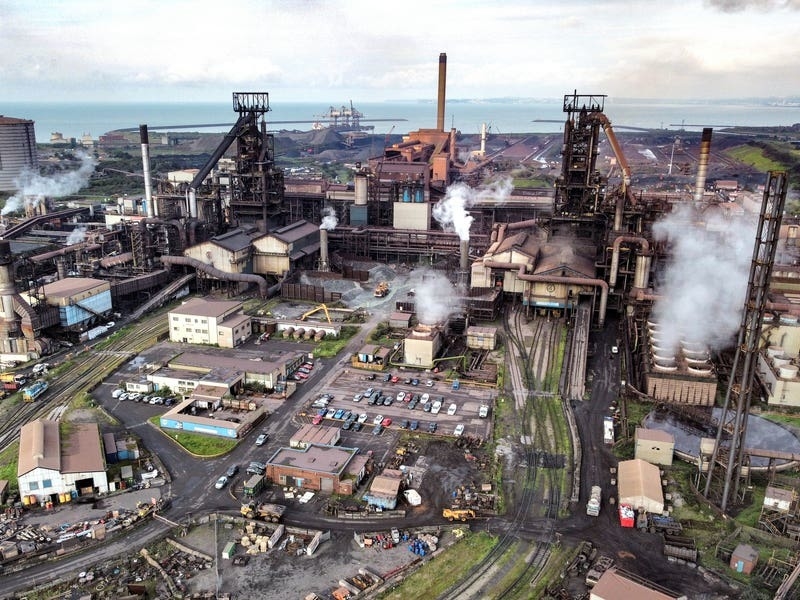The phenomenon – a form of lunar eclipse in which the moon will appear 14 per cent bigger than normal – will be visible from just after 3 am and will last for an hour and a half.
It will be the final lunar eclipse in a series of four, all occurring in intervals of six months.
There were eclipses in April and October 2014 and a third in April 2015, but none were visible from Jersey.
However, this eclipse will be particularly spectacular because it coincides with a ‘super moon’.
Neil Mahrer, the founder of the Jersey Astronomy Club, said: ‘On this occasion the moon is going to look particularly large, something which has become known as a ‘super moon’.
‘The moon’s orbit around earth isn’t completely round and because it will be closer to earth on Monday it will appear bigger than normal.’
Mr Mahrer, who is now the club’s facilities manager, said that if the sky was clear, Islanders would be in for a ‘real treat’ adding that this type of moon is ‘extremely rare’.
‘With good fortune we will have clear skies and if that happens we should see an impressive orange-red colour,’ he said.
He explained that the best view would be through binoculars, instead of a telescope.
‘For those who want to see it, at just after 2 am they will start to see shadow on the moon.
‘The shadow will get greater and greater until 3.11 am when it completes a full eclipse. We will then see the blood-red colour until 4.33 am.’
Mr Mahrer added that the eclipse should allow Islanders to take some unique photographs.
He said: ‘If anyone has a tripod and a extended zoom I would suggest using them.
‘Some people in the past have had mosaics by taking pictures every five minutes to show the earth’s shadow move across.’
- A lunar eclipse occurs when the moon passes in the shadow of Earth. This is an area known as the umbra, where light from the sun is blocked by our planet.
- The light refracts differently in the atmosphere and, as it hits the moon, it appears red.
- This gives rise to its ‘blood red’ appearance during a total eclipse, when the entire moon is in shadow. If it skirts the shadow, known as a partial or penumbral eclipse, the effect is less dramatic.
- When the moon first enters the Earth’s partial shadow, know as the penumbra, a dark shadow begins to creep across the moon.
- This gives the illusion that the moon is changing phases in a matter of minutes instead of weeks.
- At the eclipse’s peak, the moon enters the Earth’s full shadow; the umbra.
- At this stage, the Earth’s atmosphere scatters the sun’s red visible light; the same process that turns the sky red at sunset.
- As a result, the red light reflects off the moon’s surface, casting a reddish rust hue over it






